Hymn # 135 Songs of thankfulness and praise
Words: Christopher Wordsworth and F. Bland Tucker
Music: Salzburg, melody by Jakob Hintze and harmonized by J.S. Bach
Christopher Wordsworth (b. Lambeth, London, England, 1807; d. Harewood, Yorkshire, England, 1885), nephew of the great Romantic poet William Wordsworth, wrote this hymn in five stanzas. It was published in his Holy Year (1862) John 3:13-17 with the heading "Sixth Sunday after Epiphany." Wordsworth described the text as follows:
“[It is a] recapitulation of the successive manifestations of Christ, which have already been presented in the services of the former weeks throughout the season of Epiphany; and anticipation of that future great and glorious Epiphany, at which Christ will be manifest to all, when he will appear again to judge the world.”
The didactic text teaches the meaning of Epiphany–the manifestation of Christ in his birth (st. 1), baptism, miracle at Cana (st. 2), healing of the sick, power over evil, and coming as judge (st. 3). Originally the refrain line was "Anthems be to thee addressed, God in man made manifest." The revised refrain borrows Peter's confession, "You are the Christ!" (Mark 8:29), and makes that our corporate confession as we acknowledge the 'Word become flesh" who lived among us. Wordsworth was a prolific author and the most renowned Greek scholar of his day. Included in his works are Memoirs of William Wordsworth (1851), Commentary on the Mole Bible (1856-1870), Church History (1881-1883), innumerable sermons and pamphlets, and The Holy Year (1862), which contained 117 of his original hymns as well as 82 others written for all the Sundays and Christian holy days according to the Book of Common Prayer. Wordsworth was educated at Trinity College, Cambridge, England, where he distinguished himself as a brilliant student. He later taught at Trinity College and was headmaster of Harrow School (1836-1844). Ordained a priest in the Church of England in 1835, he was canon of Westminster in 1844, a country priest in Stanford-in-the-Vale, Berkshire (1850-1869), and then Bishop of Lincoln (1869-1885) His writings are numerous, and some of them very valuable. Most of his works are in prose. His "Holy Year; or, Hymns for Sundays, Holidays, and other occasions throughout the Year," was published in [1862], and contains 127 hymns.
I do not know exactly how the 4th verse by Bishop F. Bland Tucker came to be part of the hymn, but this Wikipedia entry about him sheds light on his wide and deep influence on the Episcopal church, including 22 years at Rector at Christ Church, Savannah. WIKIPEDIA
The tune SALZBURG, named after the Austrian city made famous by Wolfgang Amadeus Mozart, was first published anonymously in the nineteenth edition of Praxis Pietatis Melica (1678); in that hymnbook's twenty-fourth edition (1690) the tune was attributed to Jakob Hintze (b. Bernau, Germany, 1622; d. Berlin, Germany, 1702). Hintze is known mainly for his editing of the later editions of Johann Crüger's Praxis Pietatis Melica, to which he contributed some sixty-five of his original tunes. The harmonization by Johann S. Bach is simplified from his setting in his Choralgesänge (Rejoice in the Lord [231] and The Hymna1 1982 [135] both contain Bach's full harmonization.
Enjoy this from the University of the South's School of Theology, Chapel of the Apostles. YOUTUBE

